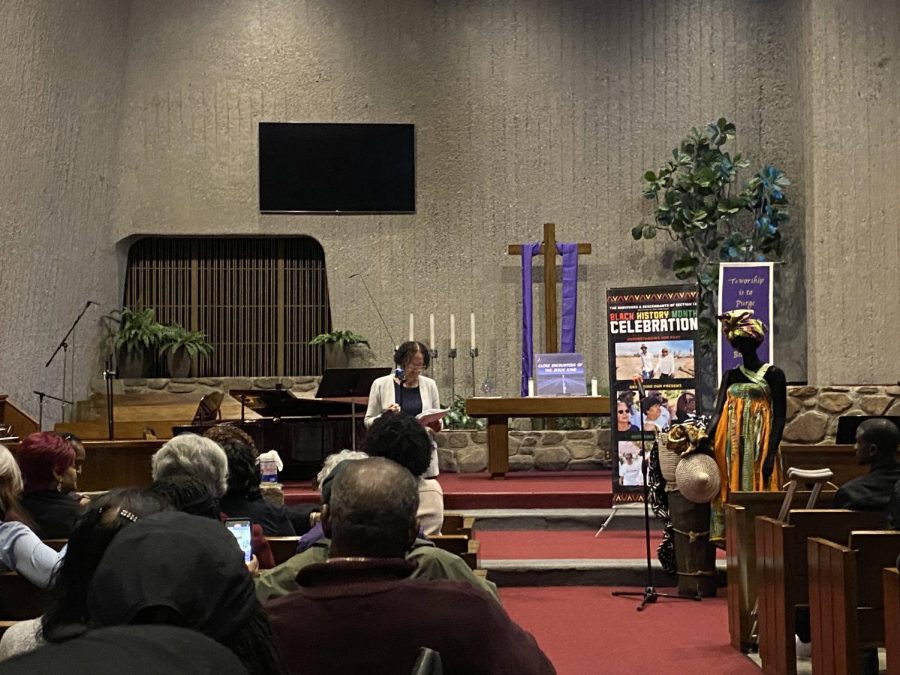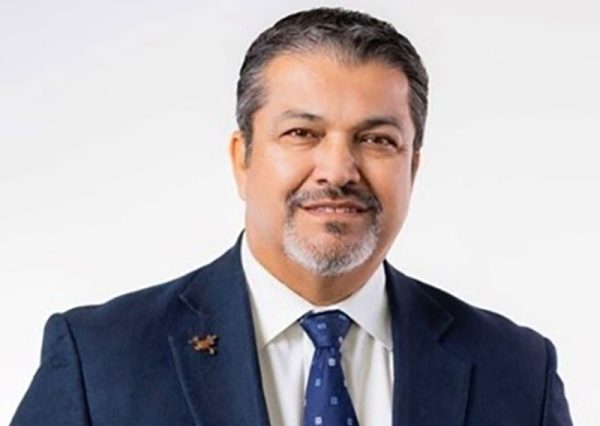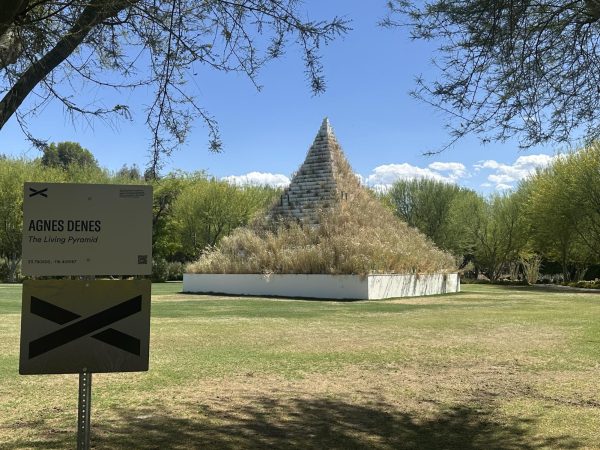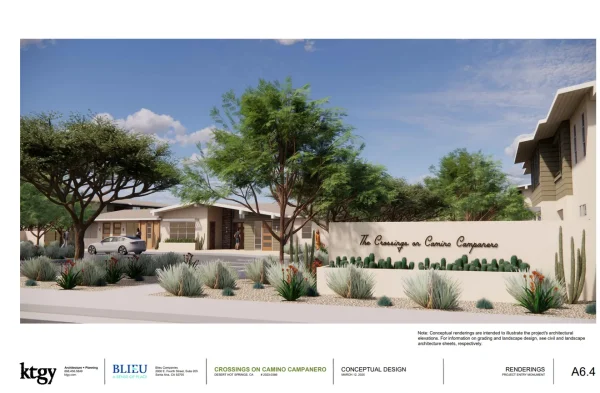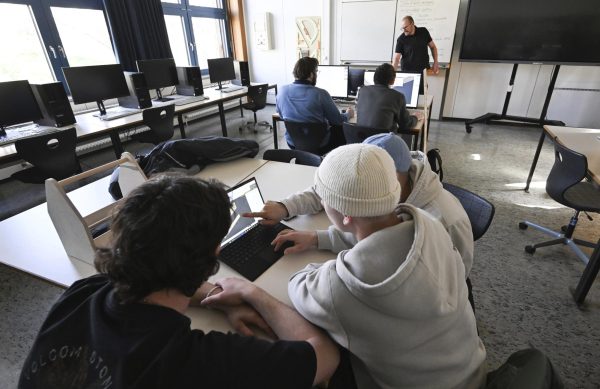Reparations in all aspects: Section 14 survivors reminisce with goals for the future
Photo courtesy of the Chaparral/Cindy Chavez. Loyola Marymount University professor Dr. Cheryl Grills spoke during the community meeting on Feb. 24 at the United Methodist Church in Palm Springs.
On a rainy evening at the United Methodist Church of Palm Springs, community members joined in the sanctuary to share the memories they made on Section 14. The church is located in the same boundaries that once housed Section 14 residents, which made the atmosphere bittersweet for survivors.
Section 14 was a predominantly Black, Latin, and Native American neighborhood owned by the Agua Caliente Band of Indians as a reservation in Downtown Palm Springs. Section 14 was ultimately burnt down and properties were bulldozed by the city in the early 1960s, forever erasing the reservation from city infrastructure and post-modern culture.
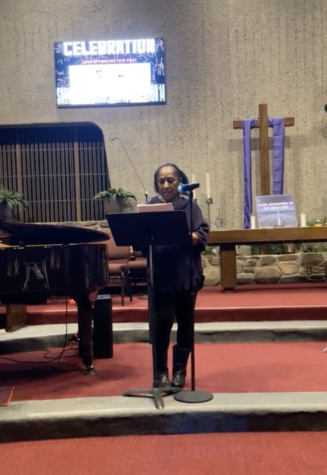
Many current Palm Springs residents are not unaware of Section 14 places in history, much less during the same time Palm Springs was becoming “L.A.’s playground.” Despite the city’s official apology to Section 14 survivors back in 2021, their displacement is still fresh in their memory and its aftermath.
“Eight years old, at the time, I still vividly remember it like it was yesterday; seeing an underdressed, older man standing at his door on the reservation, pleading with the fire department not to tear or burn down his home,” survivor Gloria Thompson shares when she saw Section 14 lose residents and homes, knowing her family would soon be in the same position.
Thompson’s family placed roots in Palm Springs during the early 1950s from east Texas. Her parents’ livelihoods were connected to the community until her family had to forcefully move, leaving the trailer and spare room her parents built. The trailer was moved immediately after their forced displacement.
“My father tried but was never successful in finding our home, the one he built.” Their property’s whereabouts are still unknown to this day.
How can a community like these survivors heal from wounds of the past? Present in the meeting, Dr. Cheryl Grills of Loyola Marymount University became a part of the movement for reparations and spoke to the community about its current status. As an expert on the topic, she told the community reparations are a path toward restorative justice. Reparations address all aspects of community healing, covering more restoration that financial compensation can never do alone.
Many talk about reparations as cash checks out to certain groups to wrong a right, but Dr. Grills dispelled the misconception with a true definition of what reparations are. These compensations are meant to “asses and correct the harm [done to communities that face discrimination and racism] in its multiple forms: material, psychological, emotional, and societal.”
“How do we put Black people back into the position we would’ve been in if not for enslavement, Jim Crow, systemic and structural racism,” Dr. Grills questions., Grills imagines a world in which Black folks in the U.S. are granted equity from the start. Since this is not the way things are, reparations give communities like Section 14 survivors and their descendants, long overdue equity.
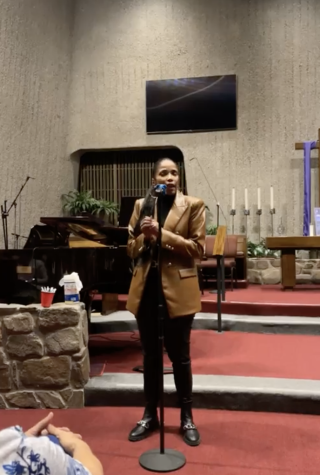
Grills ended with, “The eye on the prize is the structural change, the policy changes, the return of resources stolen, the return of dignity to people who did nothing to warrant being cast out of the circle of humanity simply because of the color of our skin.”
Civil rights attorney Areva Martin has engaged with survivors to form The Palm Springs Section 14 Survivors Advisory Group which has spearheaded the movement for reparations.
According to Martin, the Advisory Group will release its final report by the end of June. The first report includes the claim form and attachment the group sent to create an official complaint.
Palm Springs City Council has since issued an official apology and — during the meeting — a new promise. According to Palm Springs Mayor Grace Garner, the city will hire a consultant by the end of March to review the possibility of reparations. The city began a conceptual framework to address reparations in Nov. 2022.
Martin revealed the newest group’s project: a docuseries. The first episode will be released after the report, addressing the first psychological and social damage the city had done to specific Section 14 residents: breaking apart the Black family.
Grills described the burning of homes as the catalyst for the Black Section 14 family’s demise, “You destroy the family unit, you destroy individuals, and you destroy a community.”
A special event to officiate the docuseries and report will follow. This will also contain a space for community members to voice how they would like to see financial compensation address their individual wounds. The survivors and their legal team are also planning to turn it over to the state legislature if no action is done by the city after these efforts.
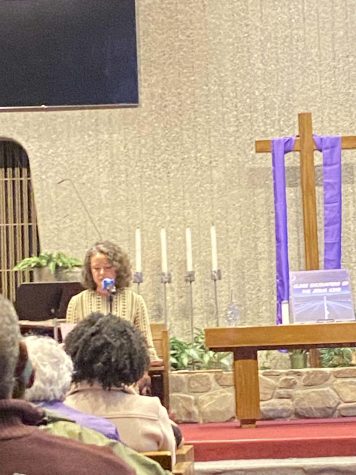
The room was a space to hear untold stories from survivors and descendants, all while envisioning a hopeful future of successful community healing. The most powerful course of action to accomplish is to listen and support what must be done: reparations for Section 14 survivors and descendants now.
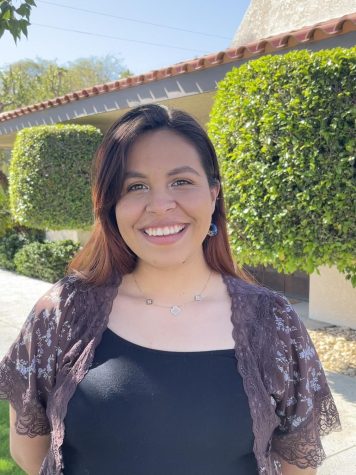
Cindy is a first-year student majoring in Journalism (AA-T) at College of the Desert. Currently working towards her Associate’s degree, Cindy plans to...

